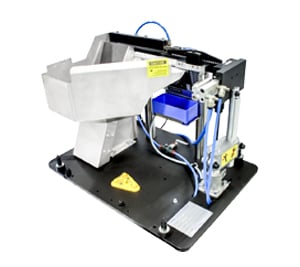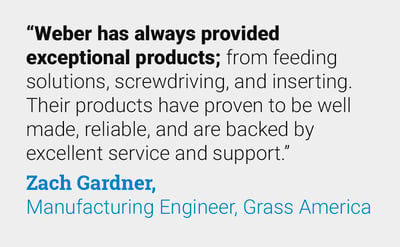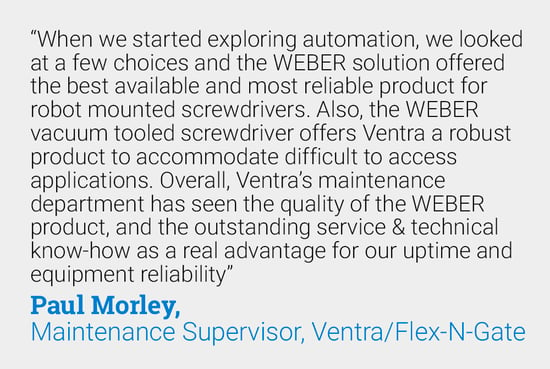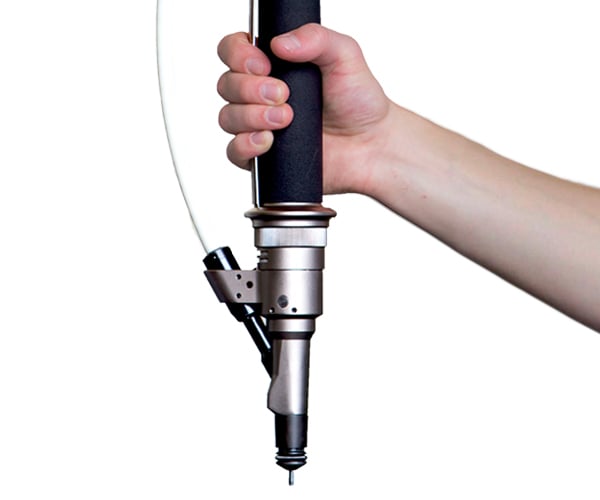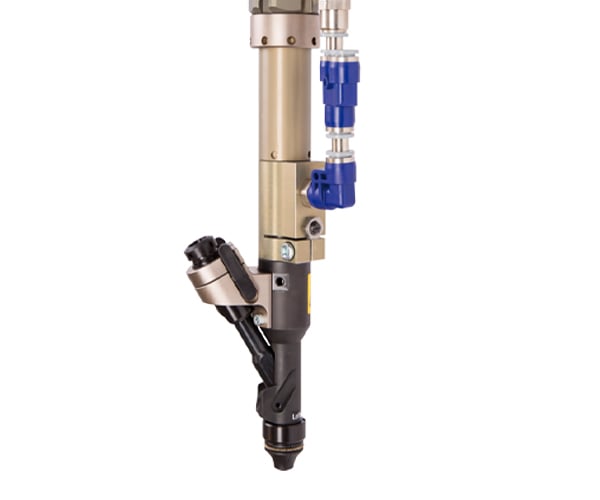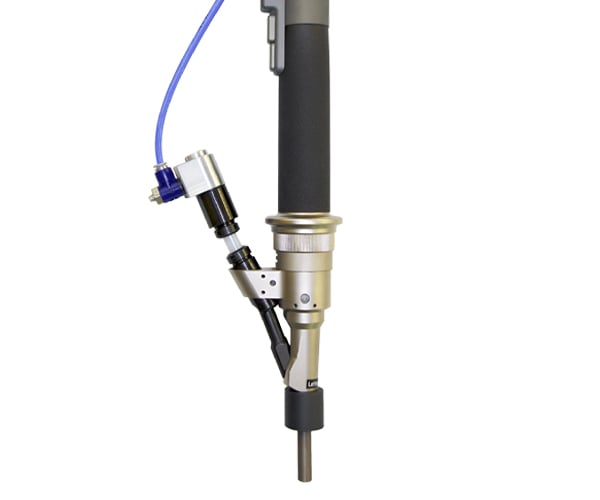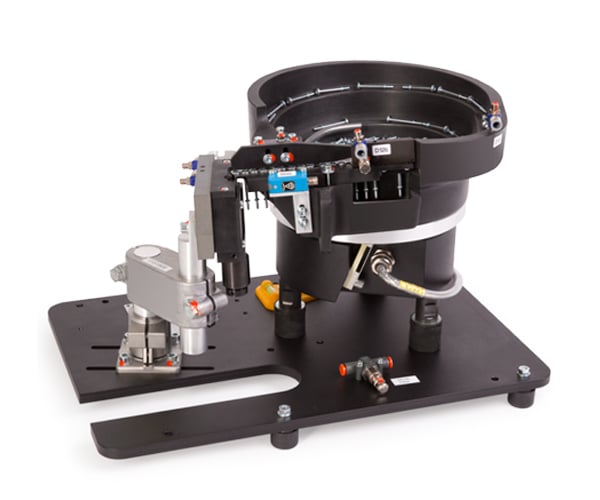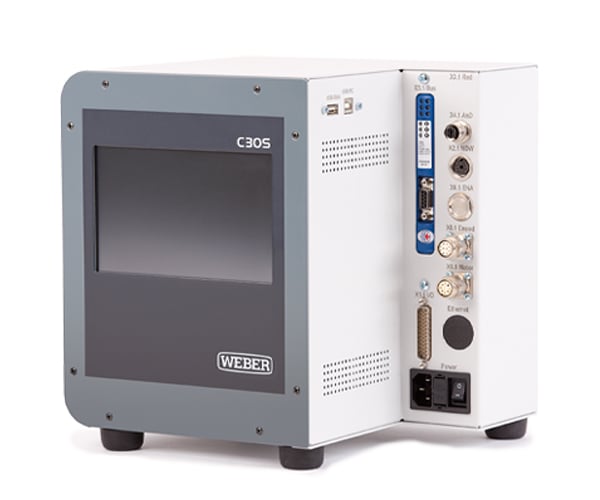Screwdriving Technology for the
Automotive and Body Construction Industry
Screwdriving Technology for Automotive and Body Construction
The body, chassis and crash structures are all key elements in vehicle manufacturing. This construction has a substantial share in the passive safety of vehicles and is the supporting connection for almost all components. During manufacturing of a body, various components must be connected with each other safely, permanently and, some must be serviceable.
The mixed materials used in car and body manufacturing today need to be progressively more lightweight, more robust and, preferably, more cost-effective. While in the past, parts were welded together, today light weight aluminum structures need to be bonded and screwed together. This is where WEBER automated screwdriving technology comes into play. The criteria for this new manufacturing technique is high flexibility, uncompromising process reliability and extremely low error rates.
Manufacturers like Audi, Volkswagen, Porsche, Lamborghini, GM, Ford Motor Co., Honda, Daimler, and others rely on WEBER automatic screwdriving systems for their body and structure assembly. WEBER has long become a technology driver in the industry and with more than 400 installations in North America alone and more than 125 million successful fastener installations, has developed appropriate screwdriving methods for modern materials and composites such as the Flow Drilling Joining System (RSF).
QUESTIONS? LET'S TALK!
CASE STUDY
AudiTT Production
CASE STUDY
Rear Spoiler Assembly
WEBER was asked to come up with a robotic vacuum spindle for assembling automotive spoilers. The SEV system that was developed utilized the standard SER-10 160mm chassis, but incorporated vacuum and air assist on the nose piece to accommodate for multiple fastening orientations. The robotic system is able to install self-tapping fasteners in under two seconds at 3Nm or torque. The WEBER system has been incorporated into a full assembly cell complete with KUKA robotics, and a swiveling parts nest allowing the operator to load a new part, while the current one is being assembled.


